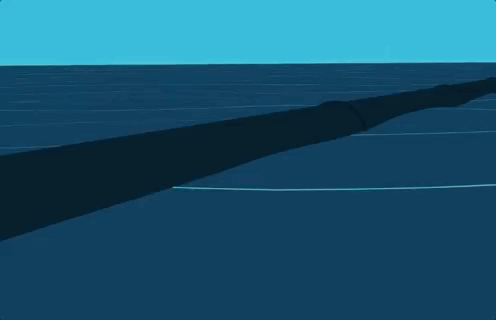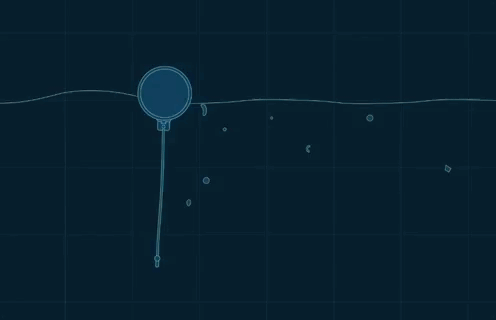- Sustainable Planet -
- 4mins -
- 1,364 views
YOUNG GENIUS BOYAN SLAT IS SET TO BEGIN THE WORLD’S LARGEST OCEAN CLEANUP
On the 8th of September 2018 begins the largest endeavour to help rid our oceans of 5 trillion pieces of plastic, led by 24-year-old Dutch inventor Boyan Slat.
Ocean cleanup set to tackle world’s largest garbage patch next month
When diving in Greece aged just 16, Boyan Slat saw more plastic than fish in the sea, and since then has dedicated his life to the OCEAN CLEANUP — a project which aims to rid our oceans of plastic. Already two years ahead of schedule, they are about to start with the largest garbage patch in the world, located between Hawaii and California, which is estimated to contain 1.8 trillion pieces of plastic.
OVER 5 TRILLION PIECES OF PLASTIC LITTER THE OCEAN: BOYAN SLAT’S SOLUTION IS INGENIOUS
THE OCEAN IS BIG: Cleaning up the Great Pacific Garbage Patch using conventional methods — ships and nets — would take thousands of years and tens of billions of dollars to complete. OCEAN CLEANUP’s passive systems are estimated to remove half the Great Pacific Garbage patch in just five years, and at a fraction of the cost. Their first cleanup system will be deployed in September of 2018, an impressive two full years ahead of schedule.
THE PROBLEM: Trash accumulates in 5 ocean garbage patches, the largest one being the Great Pacific Garbage Patch, located between Hawaii and California. If left to circulate, the plastic will impact our ecosystems, health and economies. Solving it requires a combination of closing the source* and cleaning up what has already accumulated in the ocean.
THE SOLUTION? Create coastlines where there are none and take advantage of natural oceanic forces. See illustrations below.
*For innovative examples of closing the ocean litter problem at source, see our articles on The Great Bubble Barrier: A Smart Solution to Plastic Pollution, and the Recycled Park in Rotterdam: The Floating Park That Catches Litter Before It Gets Into The Sea, and you can take personal action with 9 Bits of Plastic You Can Quit Today.


The expected impact of this autonomous, energy neutral and scalable system is huge
OCEAN CLEANUP’s floating systems are designed to capture plastics ranging from small pieces just millimeters in size, up to large debris, including massive discarded fishing nets (ghost nets), which can can be tens of meters wide.
Computer models have shown that a full-scale cleanup system roll-out (a fleet of approximately 60 systems) could clean 50% of the Great Pacific Garbage Patch in just five years.
After fleets of systems are deployed into every ocean gyre, combined with source reduction, The Ocean Cleanup projects to be able to remove 90% of ocean plastic by 2040.
The system is:
AUTONOMOUS: Algorithms help specify the optimal deployment locations, after which the systems roam the gyres autonomously. Real-time telemetry will allow OCEAN CLEANUP to monitor the condition, performance and trajectory of each system. A support vessel comes to take out the concentrated plastic like a garbage truck of the ocean.
ENERGY NEUTRAL: The systems fully rely on the natural forces of the ocean and do not require an external energy source to catch and concentrate the plastic. All electronics used, such as lights and AIS, are powered by solar energy.
SCALABLE: The modular fleet of systems can be scaled up gradually, allowing OCEAN CLEANUP to learn from the field and improve the technology along the way. The more systems deployed, the faster the cleanup will be.
Below: The Technology Explained, and Boyan Slat outlines his plans.
Source: TheOceanCleanup.com

